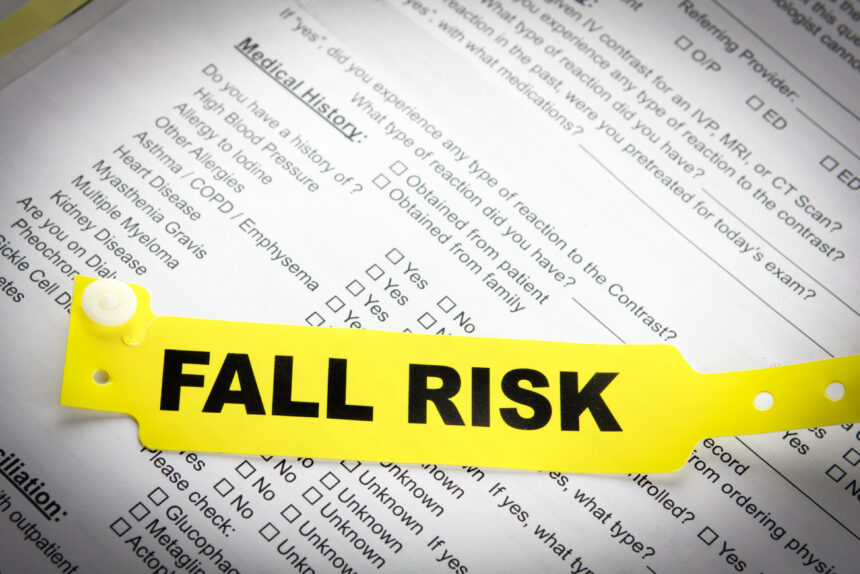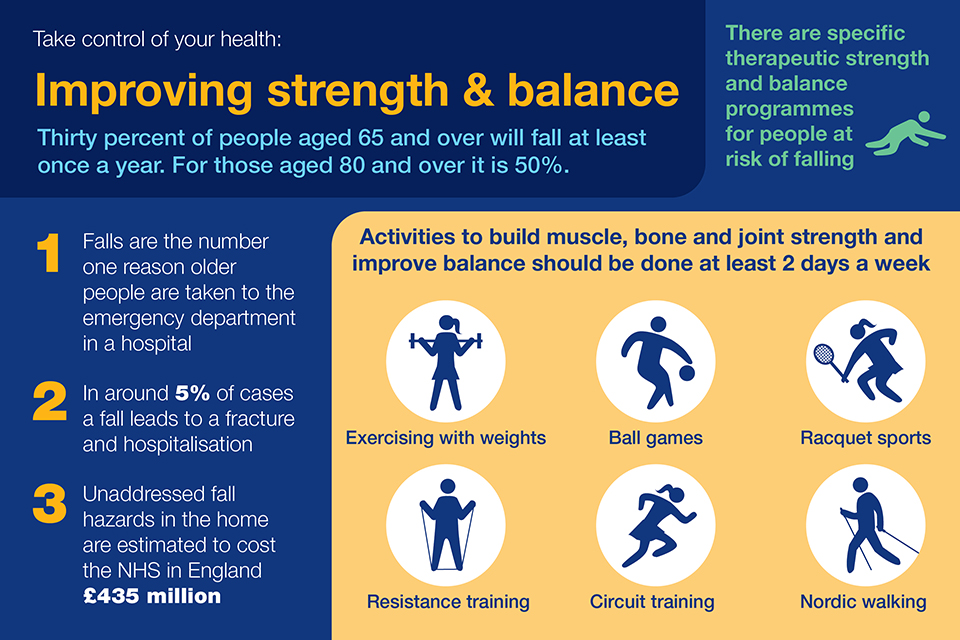How Dementia Fall Risk can Save You Time, Stress, and Money.
How Dementia Fall Risk can Save You Time, Stress, and Money.
Blog Article
The Best Strategy To Use For Dementia Fall Risk
Table of ContentsThe Facts About Dementia Fall Risk UncoveredThe Basic Principles Of Dementia Fall Risk 10 Easy Facts About Dementia Fall Risk DescribedThe Greatest Guide To Dementia Fall Risk
A fall risk analysis checks to see just how likely it is that you will drop. It is mainly provided for older adults. The assessment generally includes: This includes a collection of questions about your overall wellness and if you have actually had previous drops or problems with equilibrium, standing, and/or walking. These devices evaluate your toughness, equilibrium, and stride (the means you walk).STEADI consists of screening, examining, and treatment. Treatments are referrals that might decrease your risk of dropping. STEADI consists of 3 steps: you for your risk of succumbing to your threat variables that can be boosted to attempt to avoid falls (for example, equilibrium issues, impaired vision) to decrease your risk of falling by utilizing efficient methods (as an example, giving education and sources), you may be asked several inquiries including: Have you fallen in the previous year? Do you feel unsteady when standing or strolling? Are you stressed over dropping?, your service provider will evaluate your strength, balance, and gait, using the adhering to loss analysis tools: This examination checks your stride.
If it takes you 12 secs or even more, it might imply you are at higher danger for a loss. This test checks stamina and balance.
Move one foot halfway forward, so the instep is touching the large toe of your various other foot. Relocate one foot completely in front of the various other, so the toes are touching the heel of your various other foot.
Top Guidelines Of Dementia Fall Risk
Many falls take place as a result of numerous adding elements; as a result, handling the danger of falling begins with recognizing the variables that add to drop threat - Dementia Fall Risk. A few of the most relevant danger variables consist of: Background of prior fallsChronic medical conditionsAcute illnessImpaired stride and equilibrium, reduced extremity weaknessCognitive impairmentChanges in visionCertain high-risk medications and polypharmacyEnvironmental variables can also raise the threat for drops, including: Poor lightingUneven or damaged flooringWet or unsafe floorsMissing or damaged handrails and get hold of barsDamaged or poorly fitted devices, such as beds, wheelchairs, or walkersImproper usage of assistive devicesInadequate supervision of the individuals staying in the NF, including those that display aggressive behaviorsA effective loss risk monitoring program needs a complete medical evaluation, with input from all members of the interdisciplinary group

The care plan must also consist of treatments that are system-based, such as those that advertise a secure atmosphere (suitable lights, handrails, order bars, etc). The effectiveness of the treatments need to be reviewed periodically, and the treatment strategy revised as Our site required to reflect changes in the loss risk analysis. Implementing a fall risk administration system using evidence-based ideal technique can decrease the prevalence of falls in the NF, while limiting the capacity for fall-related injuries.
Our Dementia Fall Risk PDFs
The AGS/BGS standard advises evaluating all adults matured 65 years and older for autumn danger each year. This screening contains asking description individuals whether they have actually dropped 2 or more times in the past year or looked for medical interest for a fall, or, if they have not dropped, whether they really feel unsteady when walking.
Individuals that have dropped once without injury must have their balance and gait examined; those with stride or balance irregularities need to receive additional assessment. A history of 1 loss without injury and without gait or equilibrium troubles does not necessitate additional assessment past continued annual loss danger testing. Dementia Fall Risk. A loss risk assessment is needed as part of the Welcome to Medicare evaluation

The smart Trick of Dementia Fall Risk That Nobody is Talking About
Documenting a falls history is one of the top quality indicators for loss avoidance and management. copyright drugs in specific are independent predictors of drops.
Postural hypotension can typically be minimized by decreasing the dose of blood pressurelowering drugs and/or quiting drugs that have orthostatic hypotension as an adverse effects. Use of above-the-knee support tube and copulating the head go to my blog of the bed raised may likewise minimize postural reductions in blood stress. The recommended elements of a fall-focused checkup are received Box 1.

A pull time better than or equivalent to 12 seconds suggests high loss risk. The 30-Second Chair Stand examination assesses reduced extremity strength and balance. Being unable to stand up from a chair of knee height without making use of one's arms suggests increased fall danger. The 4-Stage Equilibrium examination examines fixed equilibrium by having the patient stand in 4 positions, each considerably more tough.
Report this page